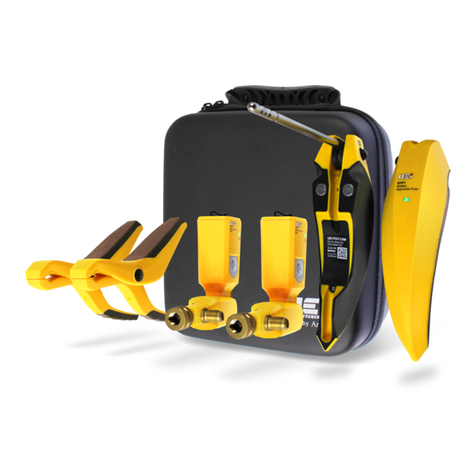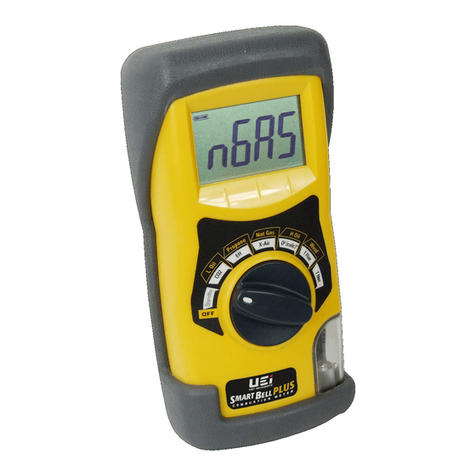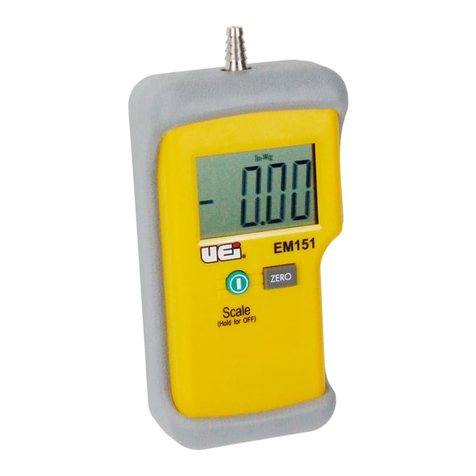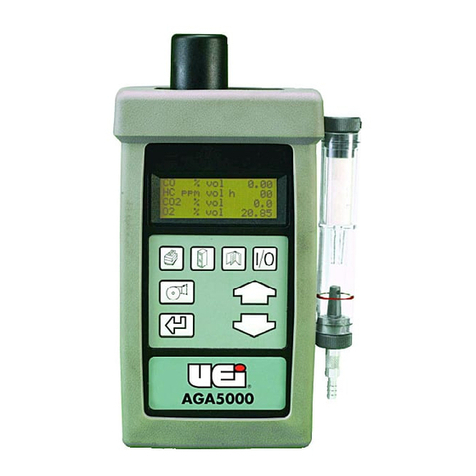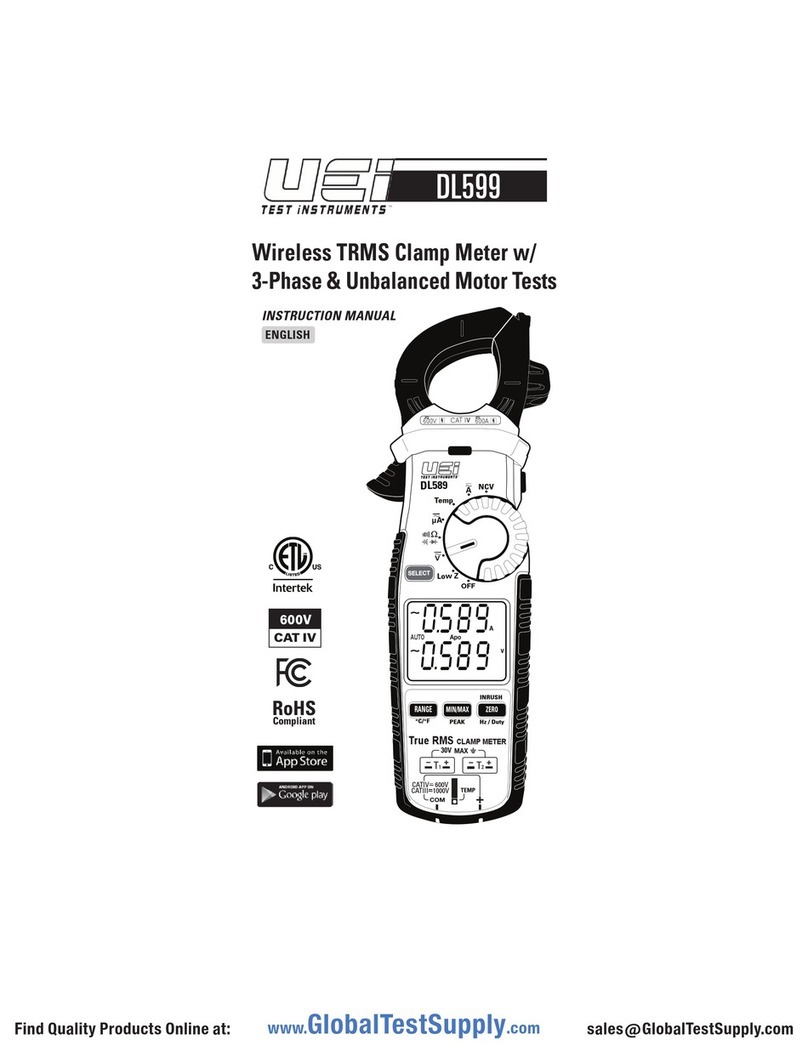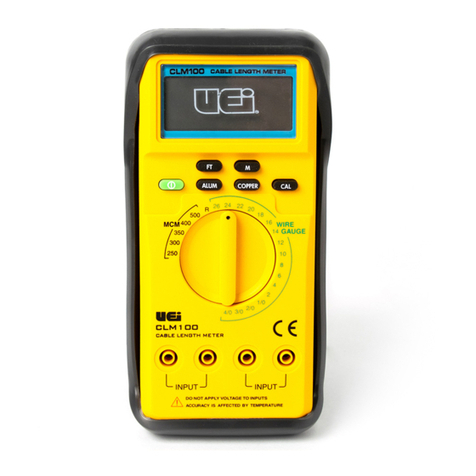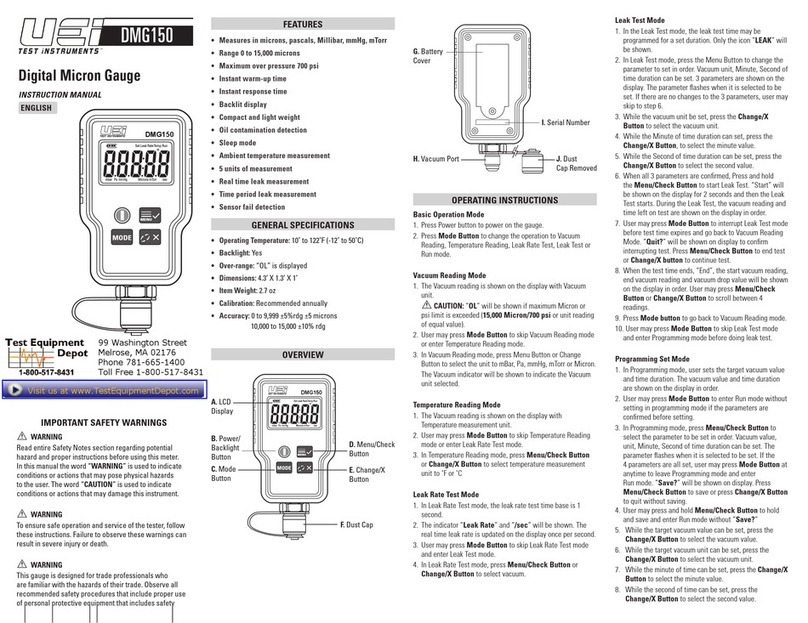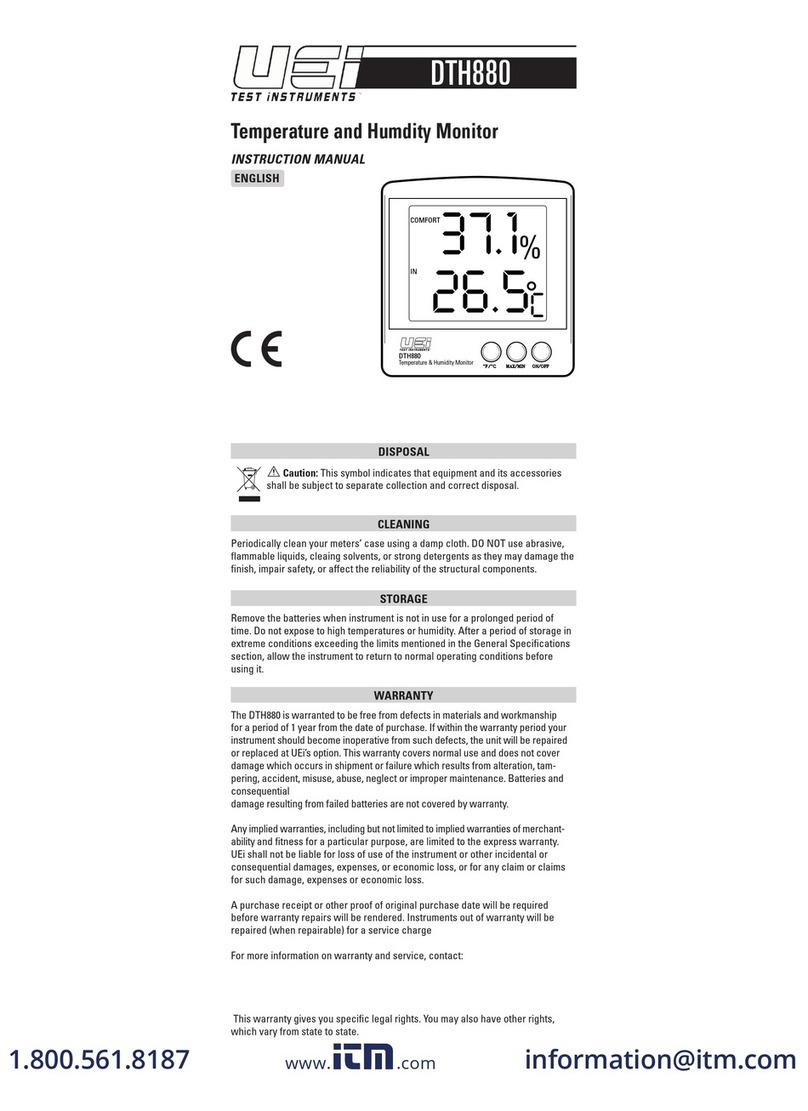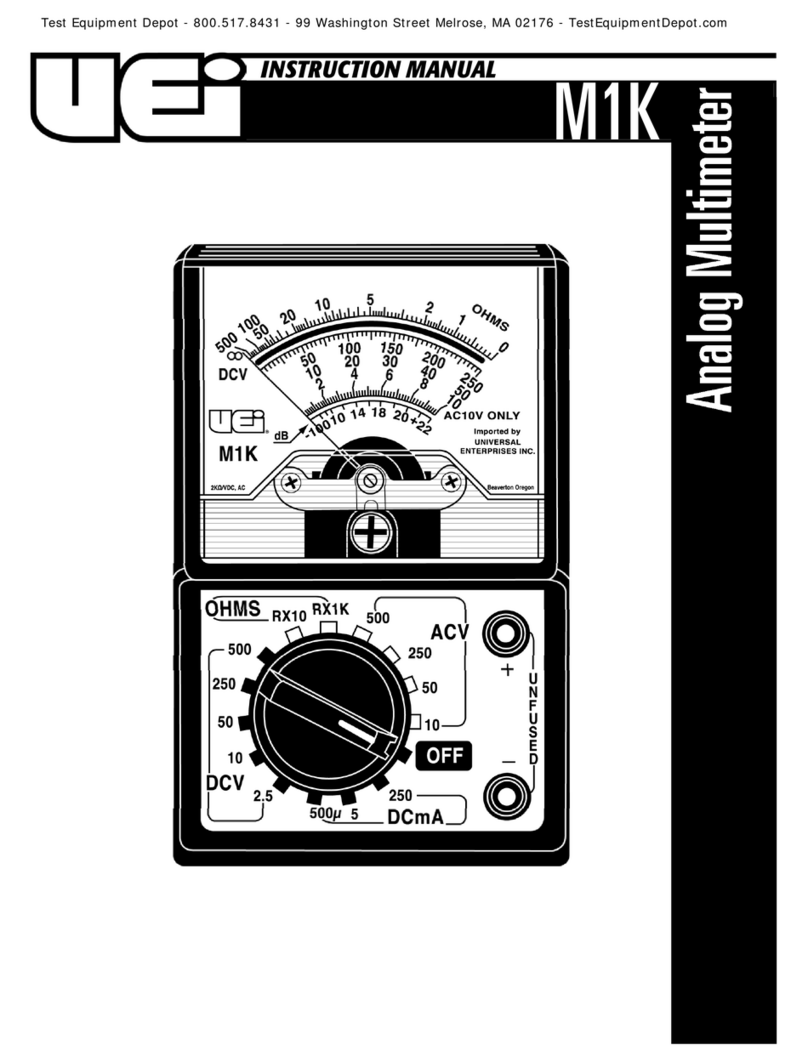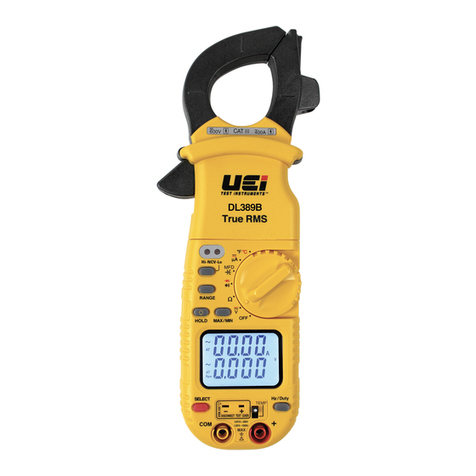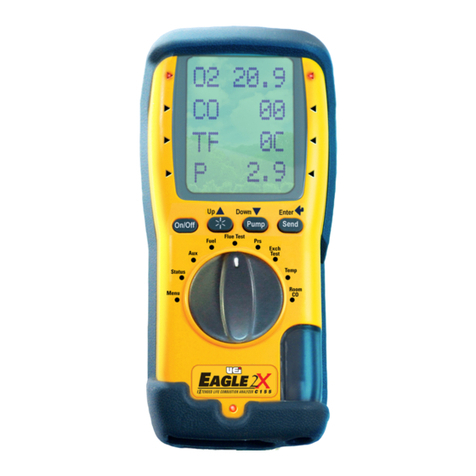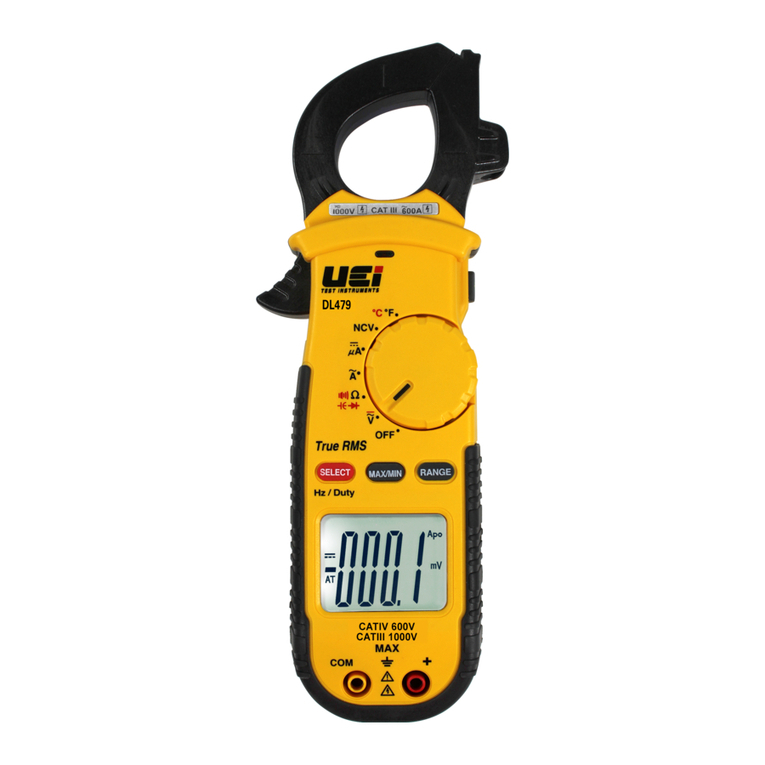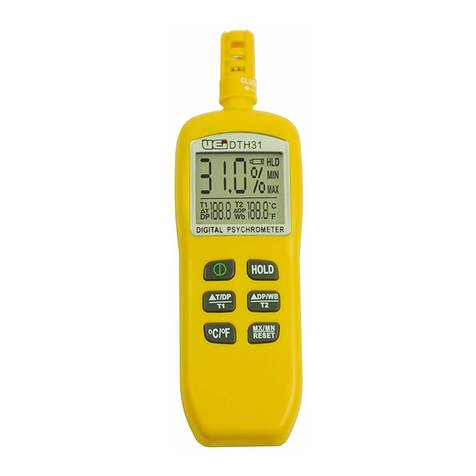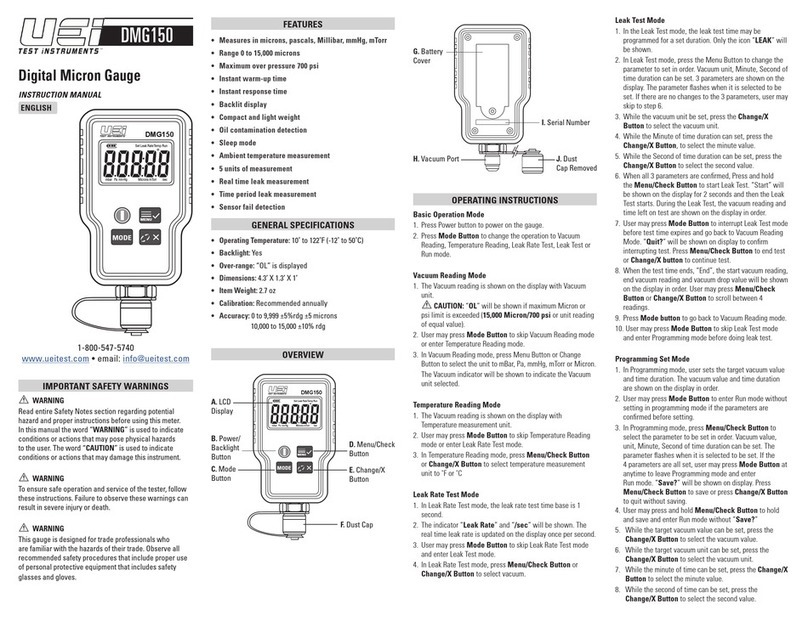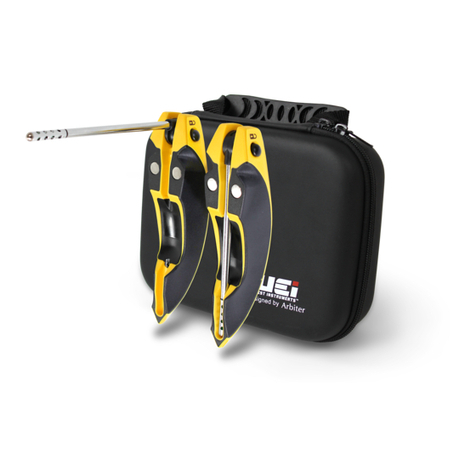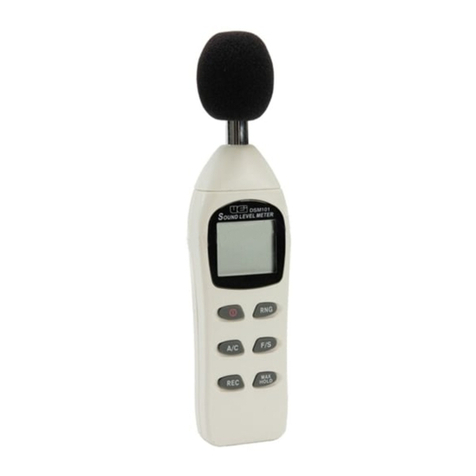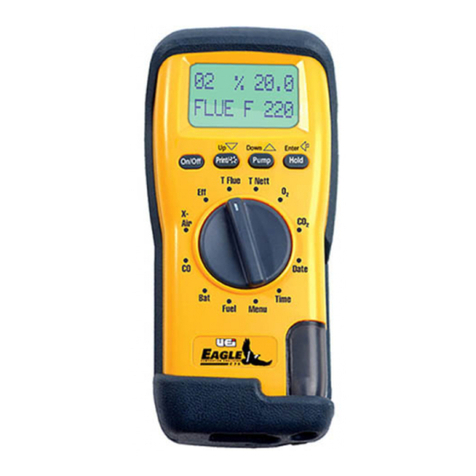
9
Press the “ENTER” button to save the changed value. If you do not
want to save the changed value, press the “EXIT” button.
4. Type
While the icon at the top of the LCD is blinking, press the “ ”,
“ ” buttons to move to “tYPE”.
Press the “ENTER” button while the “tYPE” icon blinks. Change
the type by pressing the “ ”, “ ” button while the “ K “ (or
J, E, t, r, S) icon is blinking.
Short press the “ENTER” button to save the changed value.
If you do not want to save the changed value, press the “EXIT”
button.
5. APO
While the icon at the top of the LCD is blinking, press “ ”,
“ ” buttons to move to “APO”.
Press the “ENTER” button while the “APO” icon blinks.
While “On-1” (or ~ On-9, oFF) is flashing, use the “ ”, “ ”
buttons to change the content.
Press “ENTER” button to save the changed value. If you do not
want to save the changed value, press the “EXIT” button.
* On-1: 10min, On-2: 20min ~ On-9: 90min, Off
6. Interval
While the icon at the top of the LCD is blinking, press the “ ”,
“ ” buttons to move to “Int.V”.
With the “Int.V” icon blinking, press the “ENTER” button.
While the “In-1” (~In-4, uSEr, oFF) icon is blinking, press the
“ ”, “ ” buttons to change the content.
User setting: 00:00 00 ~ 23:59 59 (23 hours 59 minutes 59 seconds)
1) Press the “ENTER” button while the “uSEr” icon is blinking.
2) While the “HH” icon is blinking, press the “ ”,
“ ” buttons to change the value and then press the
“ENTER” button.
3) With the “MM” icon blinking, press “ ”, “ ” to change
the value and then press the “ENTER” button.
4) While the “SS” icon is blinking, press the “ ”, “ ”
buttons to change the value, and then press the “ENTER”
button. Press the “ENTER” button to save the changed
value. If you do not want to save the changed value, press
the “EXIT” button.
* In-1: 1sec, In-2 : 10sec, In-3 : 1min, In-4 : 10min
* User : 00:00 00~23:59 59 (00 hours 00 minutes 00 seconds to 23












